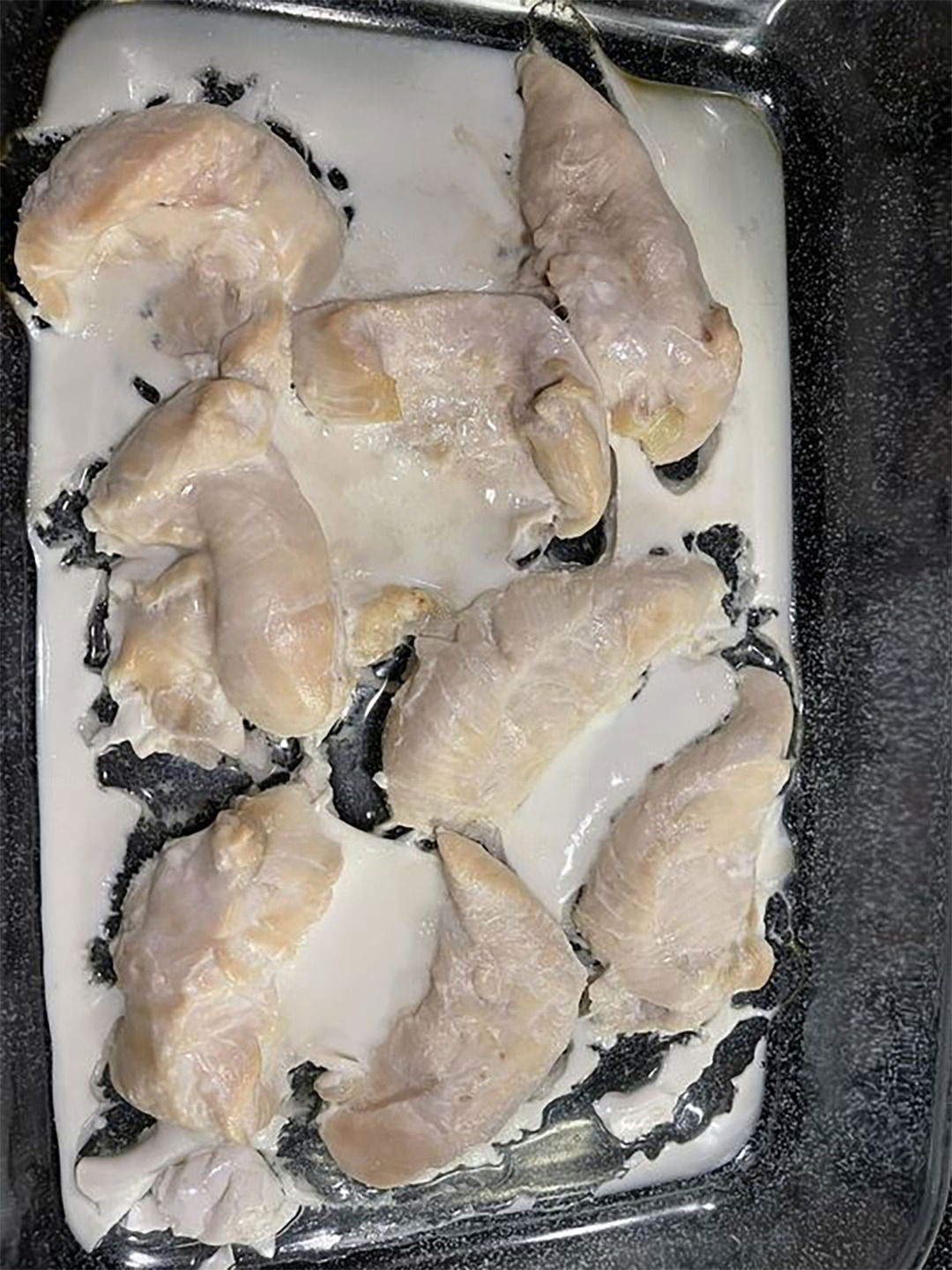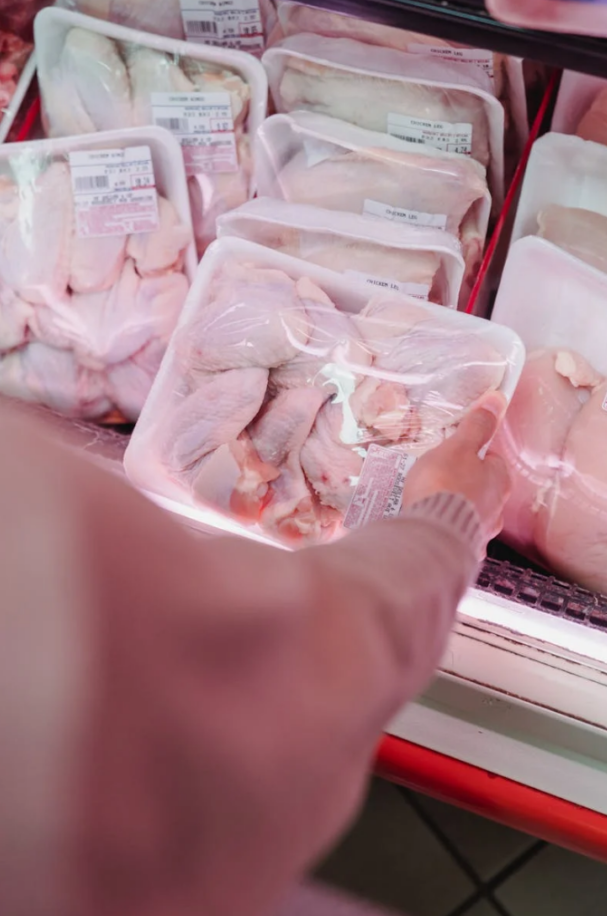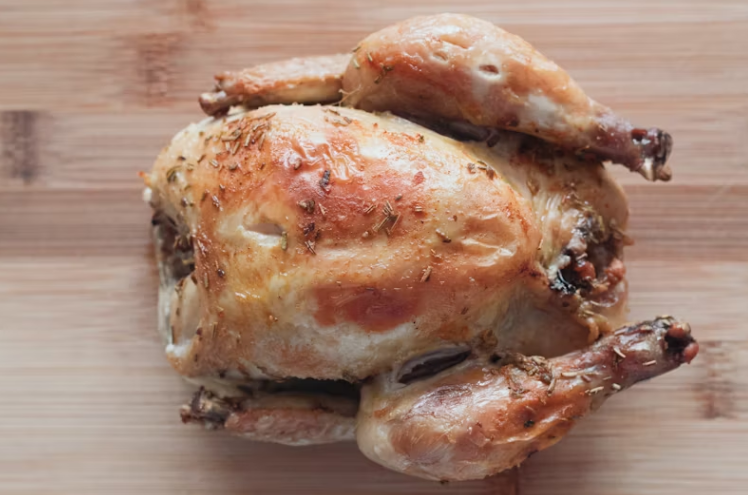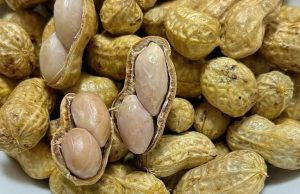
Cooking chicken can sometimes result in a curious discovery: white goo. This slimy, jiggly substance often pools in the pan or clings to the meat, leaving many people puzzled about what it is and whether it’s safe to eat. The good news? This strange phenomenon is completely normal, harmless, and has a simple scientific explanation.
What Is the White Goo?
The white goo that often appears while cooking chicken is a mix of protein and water released from the meat. When heat is applied, the muscle fibers contract, squeezing out the liquid inside. This liquid then solidifies into a white substance as the protein cooks, similar to the way egg whites change texture and color when heated.
Food scientist Dr. Topher McNeil explains, “The [chicken] muscles themselves actually contract and squeeze out the liquid that’s in between muscle cells.” In other words, the white goo is just a natural byproduct of cooking.
Why Does It Happen?
This phenomenon can occur with any chicken but is more common with frozen or previously frozen meat. Freezing creates ice crystals within muscle cells, which rupture the fibers and release more liquid when thawed and cooked. The more times chicken is frozen and thawed, the more noticeable the effect—similar to how frozen fruit leaks liquid when softened.
The Science Behind It
The white goo resembles egg whites because it’s largely made up of albumin, a protein that coagulates when heated.
As one expert notes, “The main protein in egg whites is albumin, which accounts for about half of the protein in chicken juices,”.
Is It Safe to Eat?
Yes, the white goo is completely safe to eat. It’s just cooked protein and water, even if it doesn’t look very appetizing. However, if the goo has an unusual color or odor, it could be a sign that the chicken is spoiled.
How to Reduce the Goo

While it’s impossible to eliminate the white goo entirely, there are some ways to reduce its appearance:
Avoid multiple freezing cycles: Try to purchase fresh chicken or avoid refreezing meat once it’s thawed.
Pat dry: Use a paper towel to remove surface moisture from the chicken before cooking, which helps reduce excess liquid.
Cook slowly: High heat causes the muscle fibers to contract more quickly, releasing more liquid. Cooking at a moderate temperature can help keep the goo in check.
Brine your chicken: Brining the meat in a saltwater solution can help it retain moisture and reduce liquid loss during cooking.
Why Does It Look Worse Sometimes?
Cooking methods can impact how much white goo appears. Overcooking, cutting into the chicken too soon, or using a meat thermometer can cause more liquid to be released.
Comparisons with Other Proteins
Chicken isn’t the only protein that produces this effect. For example, salmon releases albumin during cooking, which forms a white layer on the surface. Using gentler cooking methods, like baking at lower temperatures, can reduce the appearance of albumin in both chicken and fish.
If the goo bothers you visually, you can scrape it off before serving using a butter knife or a paper towel. This keeps the meat looking cleaner without affecting its taste or safety.
No Need to Worry

Although it may not be the most appealing sight, the white goo is a completely natural part of cooking chicken and doesn’t pose any health risks. Dr. McNeil reassures, “Go forth and cook your chicken without any fear of the mysterious white goo.”
Understanding what’s happening during cooking can help you prepare chicken with confidence, knowing that this common occurrence is nothing to worry about—even if it’s a little unsightly.
















